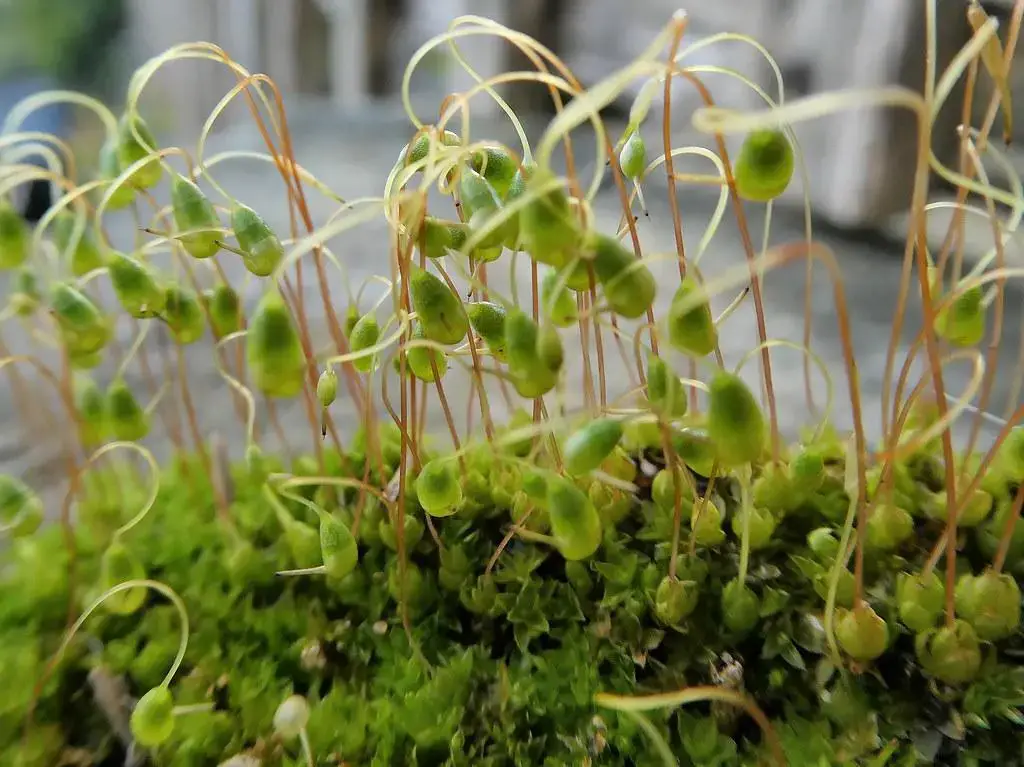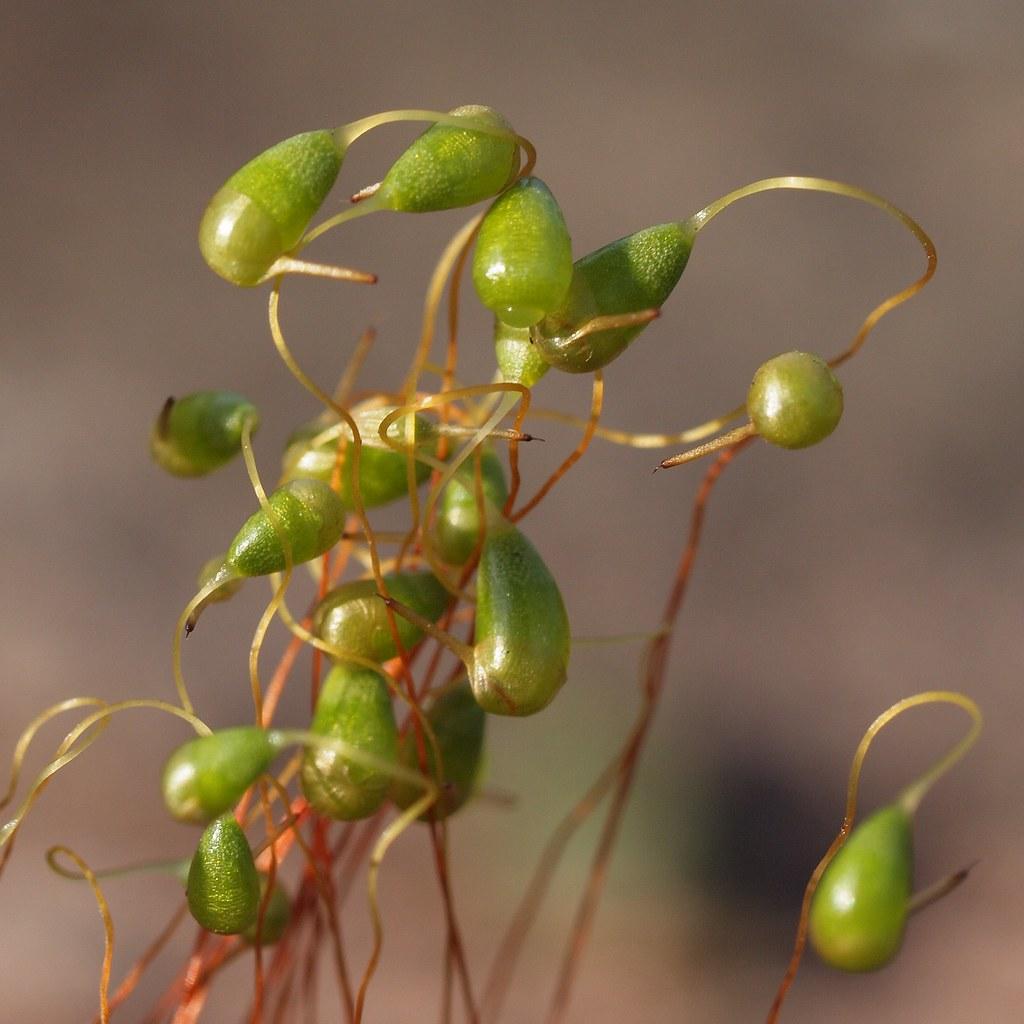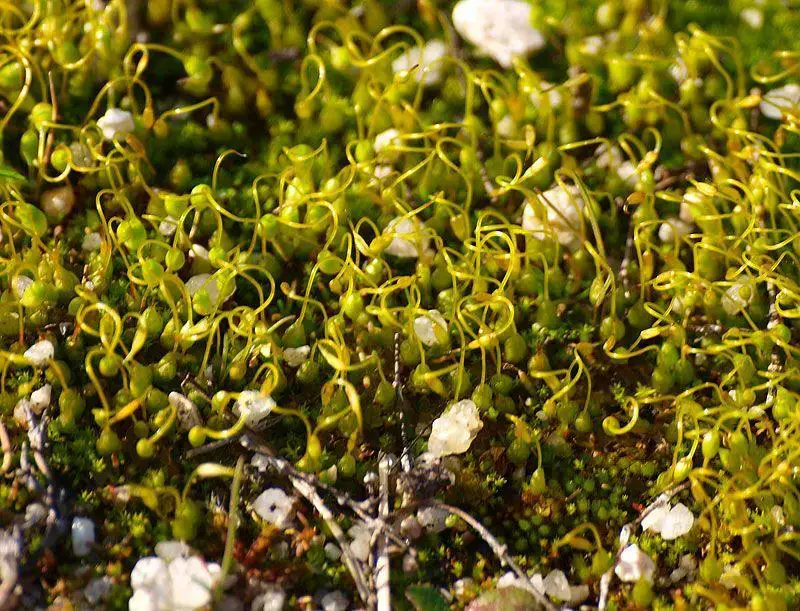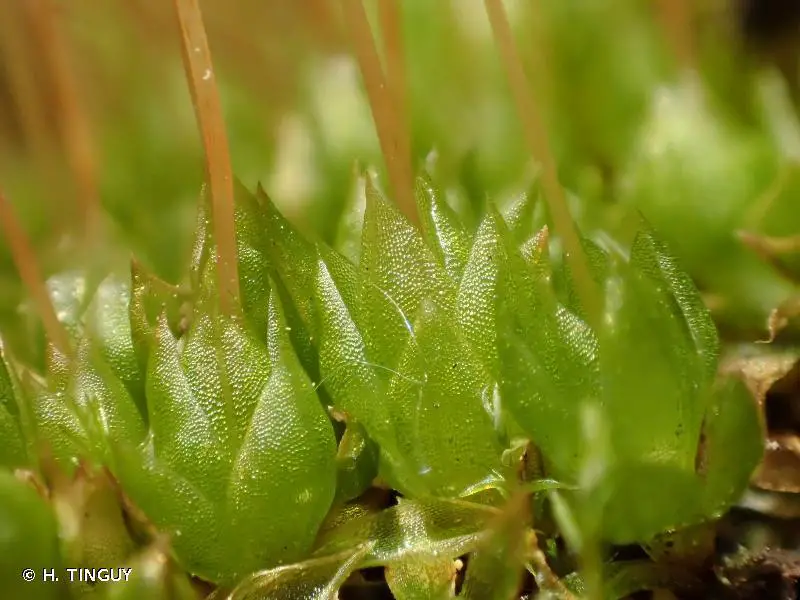
49737857561_89656ab2ec_b.jpg from: https://www.flickr.com/photos/21657471@N04/49737857561/
Introduction
In the vast and captivating world of bryophytes, one particular moss stands out for its resilience and ubiquity – the Funaria Hedw. moss, also known as the Funaria moss. Belonging to the Funariaceae family, this unassuming yet remarkable plant has captured the hearts of enthusiasts worldwide with its unique characteristics and ecological significance.
Background
Before delving into the intricacies of the Funaria Hedw. moss, it’s essential to understand its place within the broader context of the plant kingdom. Bryophytes, which include mosses, liverworts, and hornworts, are among the oldest and most primitive land plants on Earth. These non-vascular plants lack true roots, stems, and leaves, yet they play a crucial role in various ecosystems, serving as pioneers in colonizing disturbed areas and contributing to soil formation.

49739599902_4225026569_b.jpg from: https://www.flickr.com/photos/silybum/49739599902

Funaria-hygrometrica-Hedw.-66239.jpg from: https://www.biodiversidadvirtual.org/herbarium/Funaria-hygrometrica-Hedw.-img66239.html
Main Content
Morphology and Identification
The Funaria Hedw. moss is a small, acrocarpous (upright) moss that typically grows in dense tufts or cushions. Its leaves are lanceolate (lance-shaped) and spirally arranged around the stem, forming a distinctive rosette pattern. One of the most striking features of this moss is its twisted seta (stalk) that supports the capsule (spore-bearing structure). This twisted seta is a key identifying characteristic of the Funaria genus.
Global Distribution and Habitat
Funaria Hedw. moss is a cosmopolitan species, meaning it can be found on almost every continent, thriving in a wide range of habitats. It is particularly abundant in disturbed areas, such as burned or cleared forests, gardens, roadsides, and urban environments. This moss is a true pioneer, often one of the first plants to colonize bare soil or recently disturbed areas, thanks to its remarkable ability to rapidly disperse and establish itself.
Ecological Roles and Adaptations
Despite its diminutive size, the Funaria Hedw. moss plays a vital role in various ecosystems. It contributes to soil formation and stabilization, acting as a pioneer species that paves the way for other plants to establish themselves. Additionally, this moss serves as a microhabitat for numerous tiny organisms, including

264274.jpg from: https://inpn.mnhn.fr/espece/cd_nom/5650
invertebrates, fungi, and microorganisms, creating a rich and diverse ecosystem within its compact structure.
One of the remarkable adaptations of the Funaria Hedw. moss is its ability to tolerate desiccation (drying out) and rapidly rehydrate when moisture becomes available. This trait, known as poikilohydry, allows the moss to survive in harsh and unpredictable environments, making it a true survivor in the plant world.
Case Studies/Examples
The Funaria Hedw. moss has been the subject of numerous scientific studies, shedding light on its unique characteristics and ecological significance. For instance, researchers have investigated the moss’s ability to accumulate heavy metals from contaminated soils, making it a potential biomonitor for environmental pollution.
Additionally, the Funaria Hedw. moss has been used as a model organism in various fields, including genetics, developmental biology, and evolutionary studies, due to its relatively simple structure and ease of cultivation in laboratory settings.
Technical Table
| Characteristic | Description |
|---|---|
| Family | Funariaceae |
| Genus | Funaria |
| Common Name | Funaria moss, Cord moss |
| Growth Form | Acrocarpous (upright) |
| Leaf Shape | Lanceolate (lance-shaped) |
| Seta | Twisted |
| Capsule | Pyriform (pear-shaped) |
| Habitat | Disturbed areas, burned forests, gardens, roadsides, urban environments |
| Distribution | Cosmopolitan (found worldwide) |
Conclusion
The Funaria Hedw. moss, a humble yet remarkable member of the Bryophyta phylum, has captured the imagination of enthusiasts and scientists alike. Its resilience, adaptability, and ecological significance make it a true marvel of the plant world. As we continue to explore and appreciate the diversity of life on our planet, the Funaria Hedw. moss serves as a reminder of the intricate web of interconnections that sustain our ecosystems. Perhaps the next time you encounter this unassuming moss, you’ll pause and reflect on the incredible journey it has undertaken, from the dawn of land plants to the present day, thriving in the most unexpected of places.